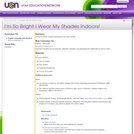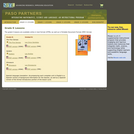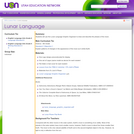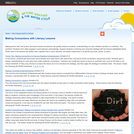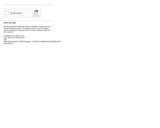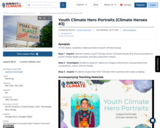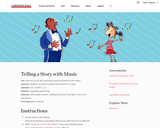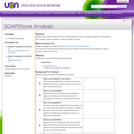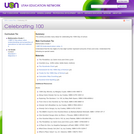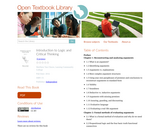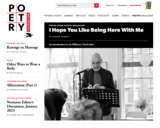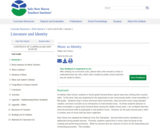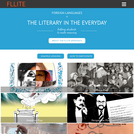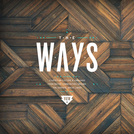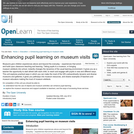
Museums give children experiences above and beyond the everyday - experiences that enrich and build upon classroom teaching and learning. Taking pupils to a museum, or bringing museum artifacts into school, instantly changes the dynamics of the usual learning environment. It gives you as a teacher the opportunity to start afresh with each child, to reach and engage with pupils in new and different ways. This unit explores practical ways in which you can make the most of the UK's extraordinarily dynamic and diverse museums and galleries; it gives you pathways into museum resources, and shares examples of teachers and museum educators making the most of museum artifacts
- Subject:
- Arts and Humanities
- Education
- Visual Arts
- Material Type:
- Activity/Lab
- Reading
- Syllabus
- Provider:
- The Open University
- Provider Set:
- Open University OpenLearn
- Date Added:
- 09/06/2007


